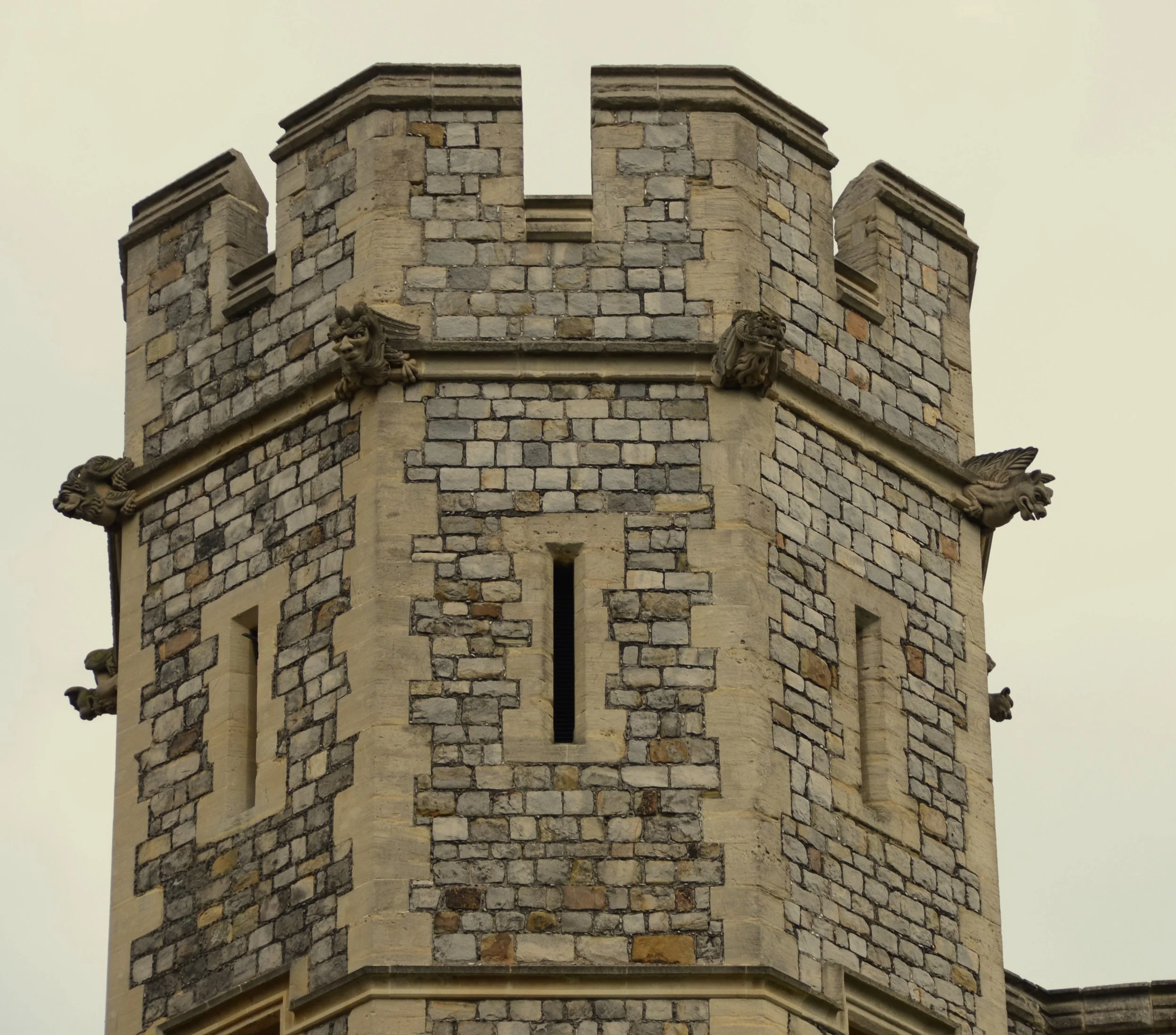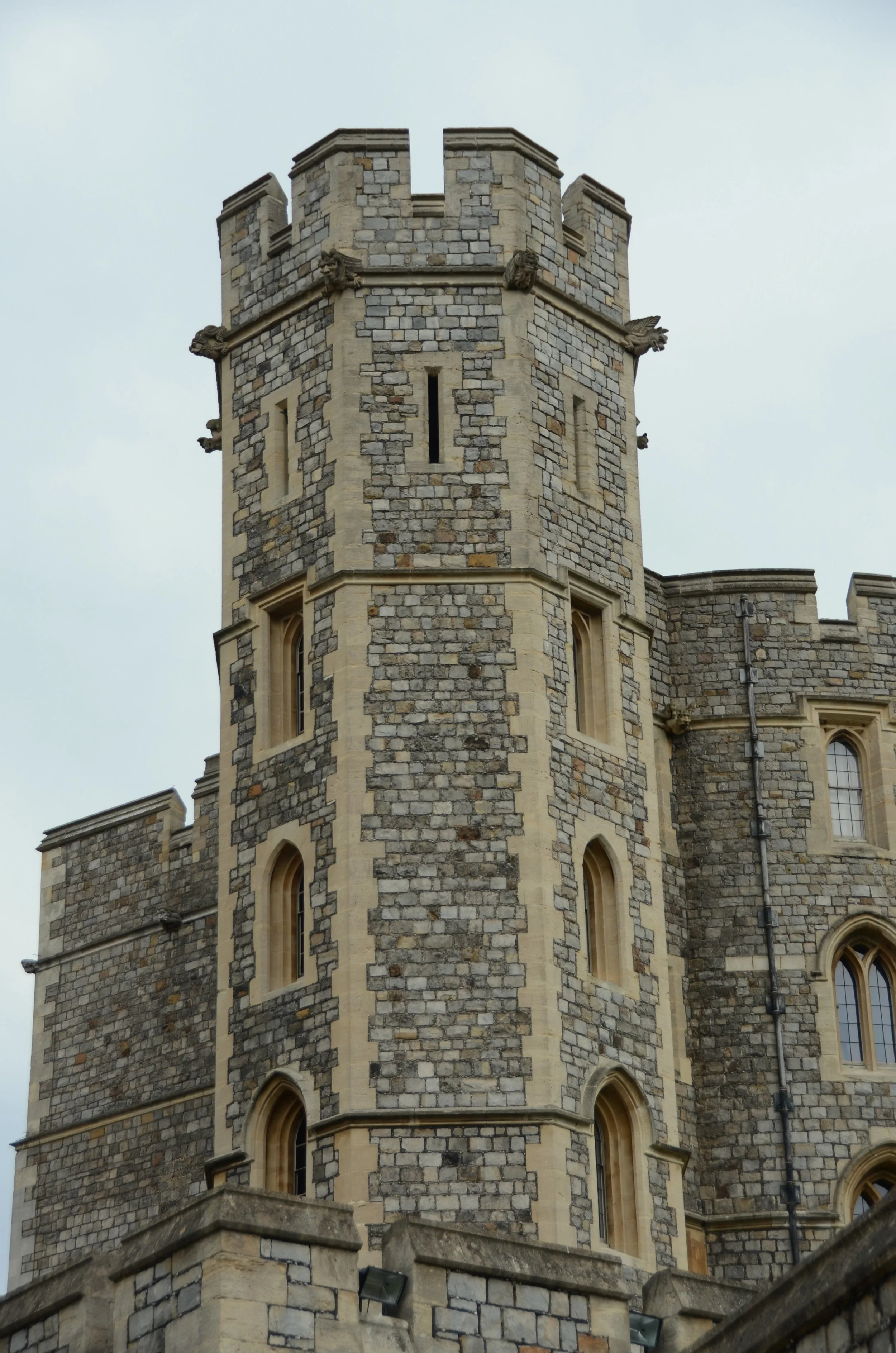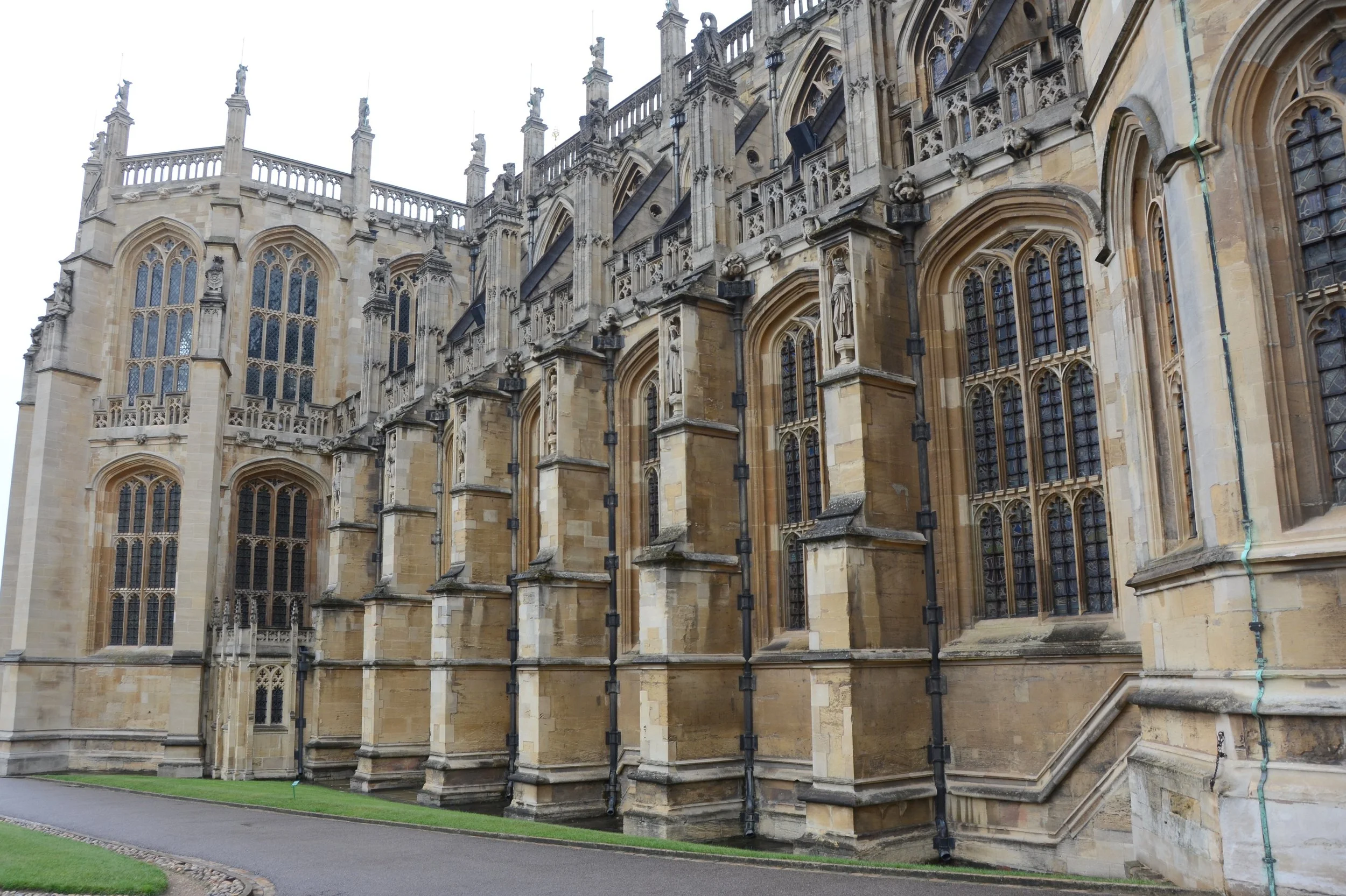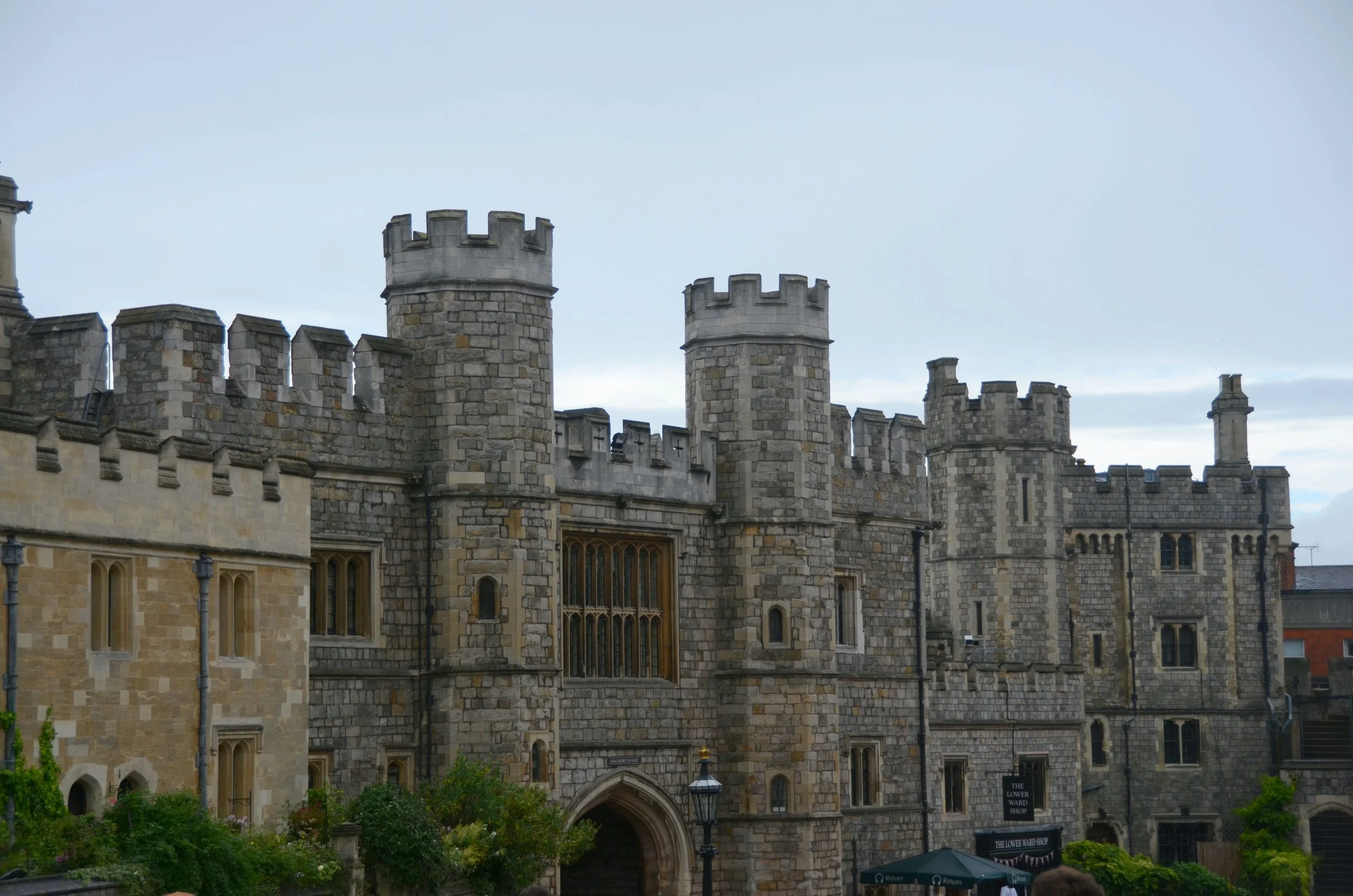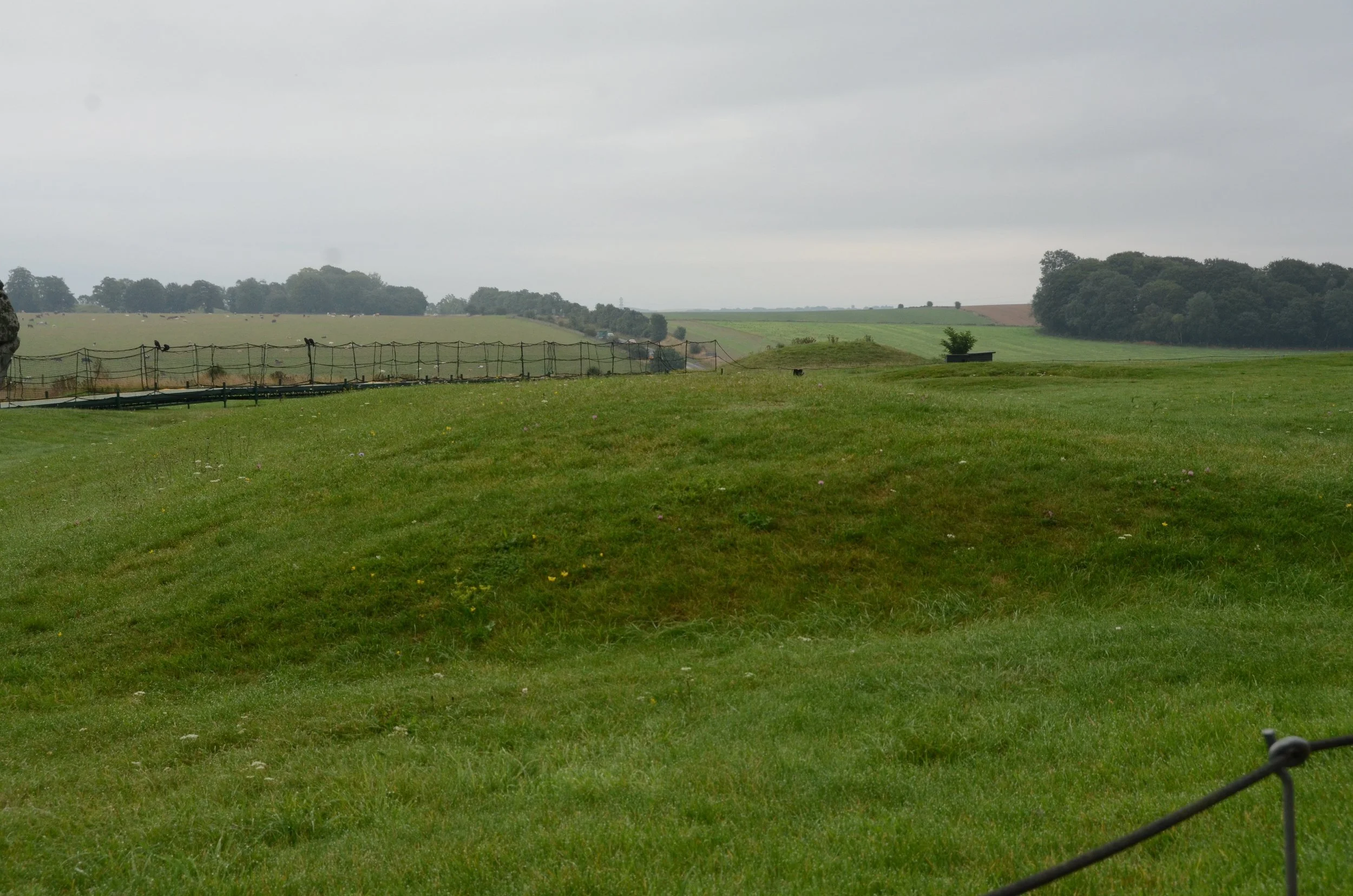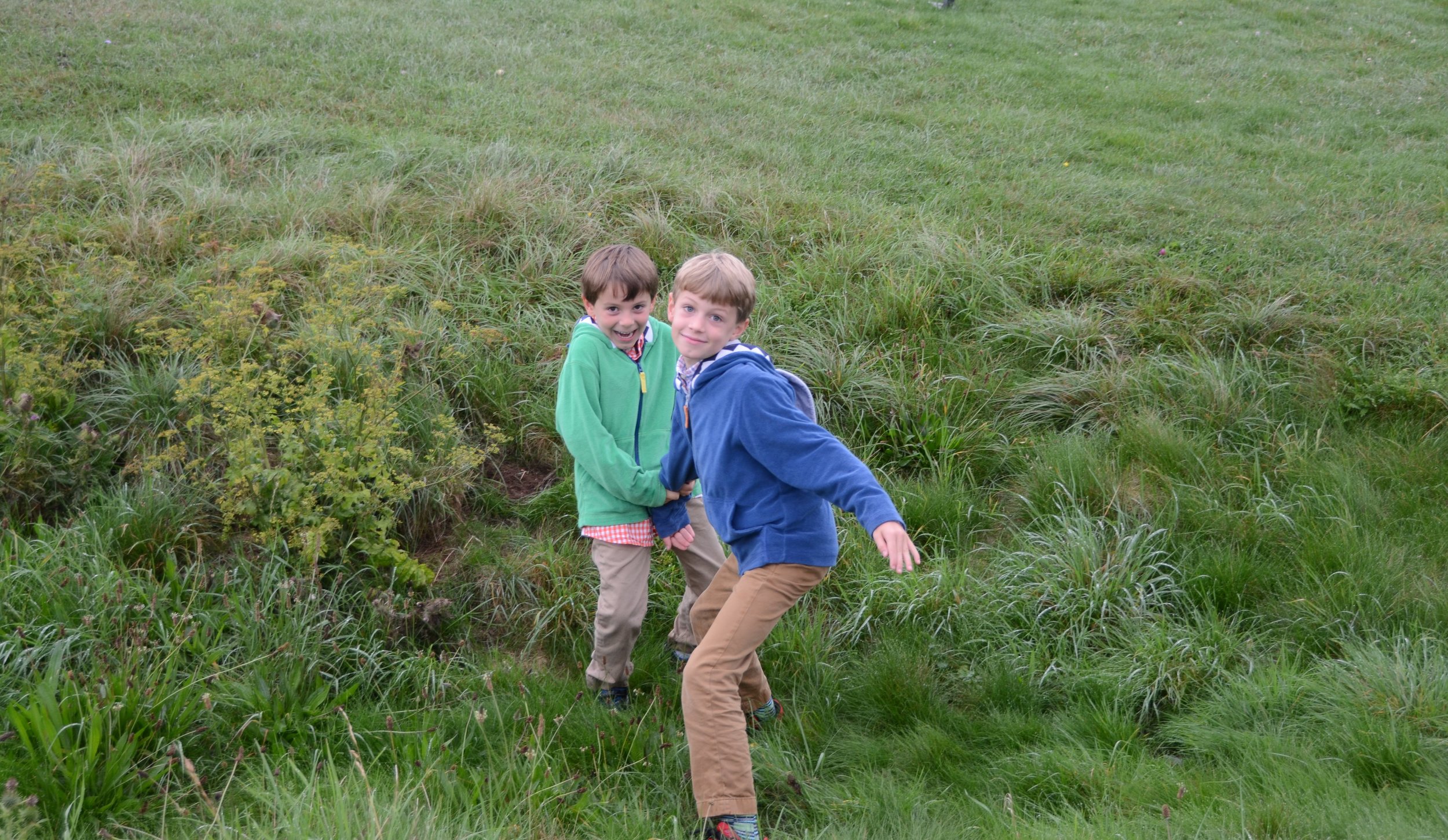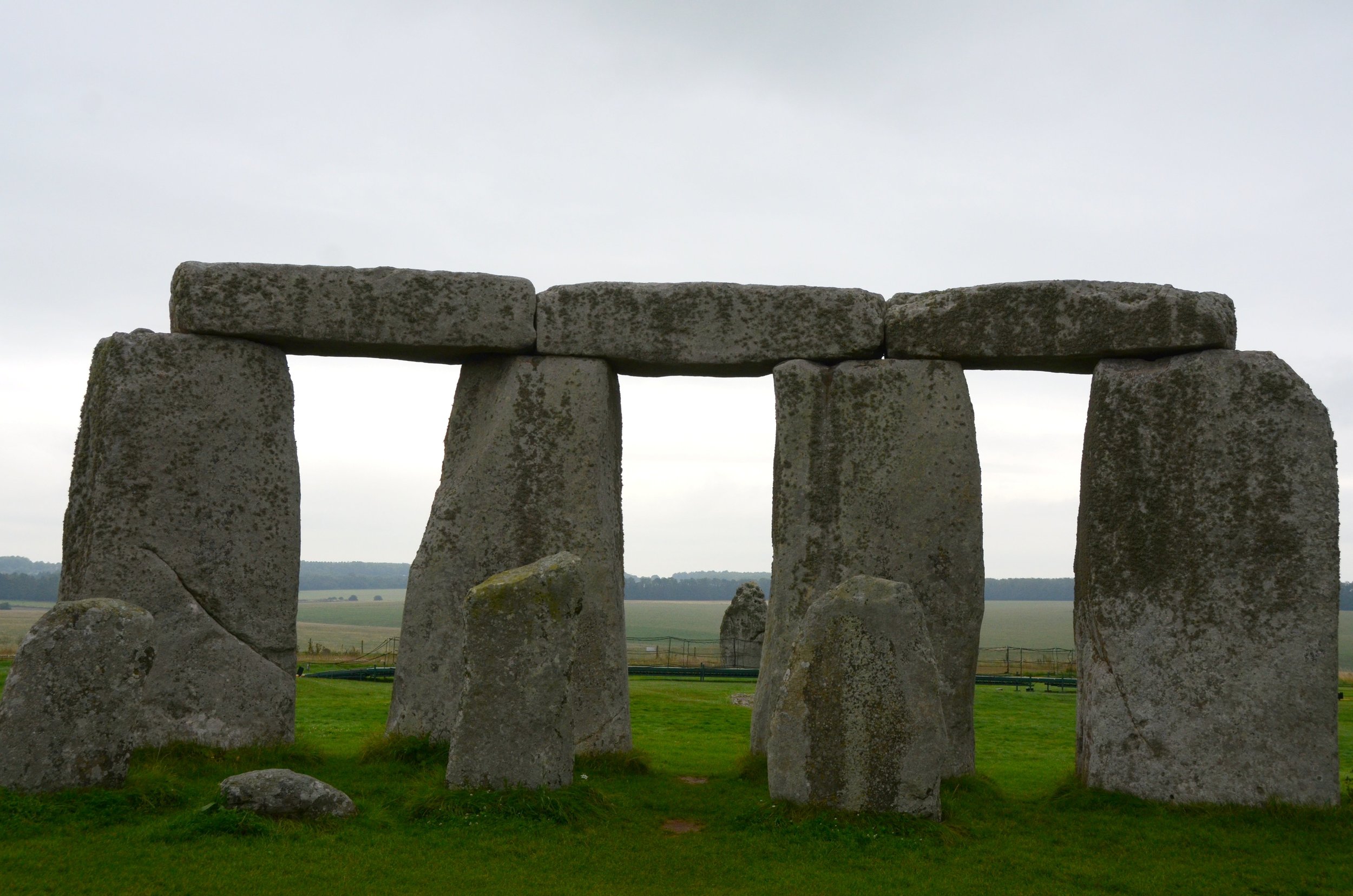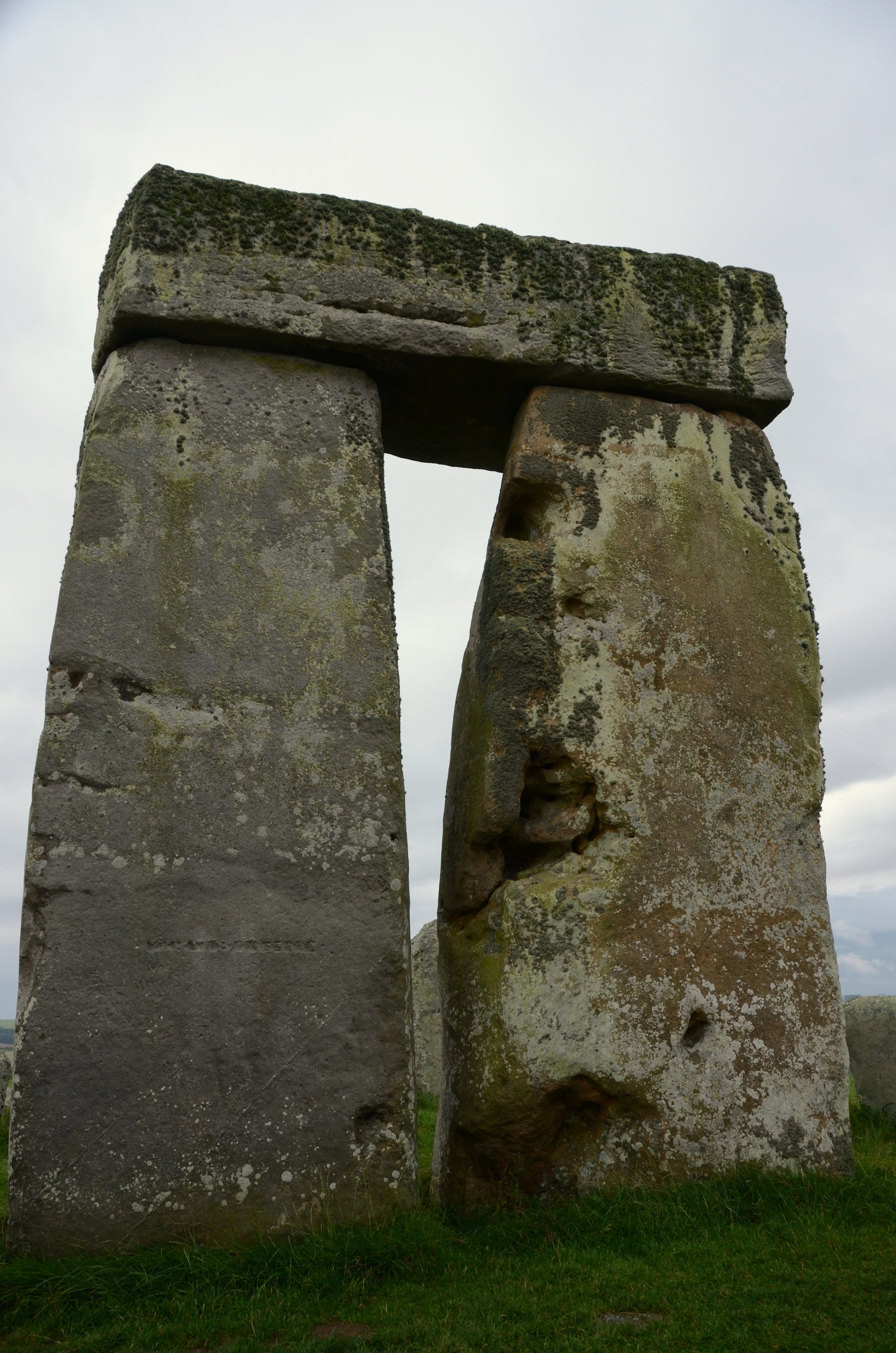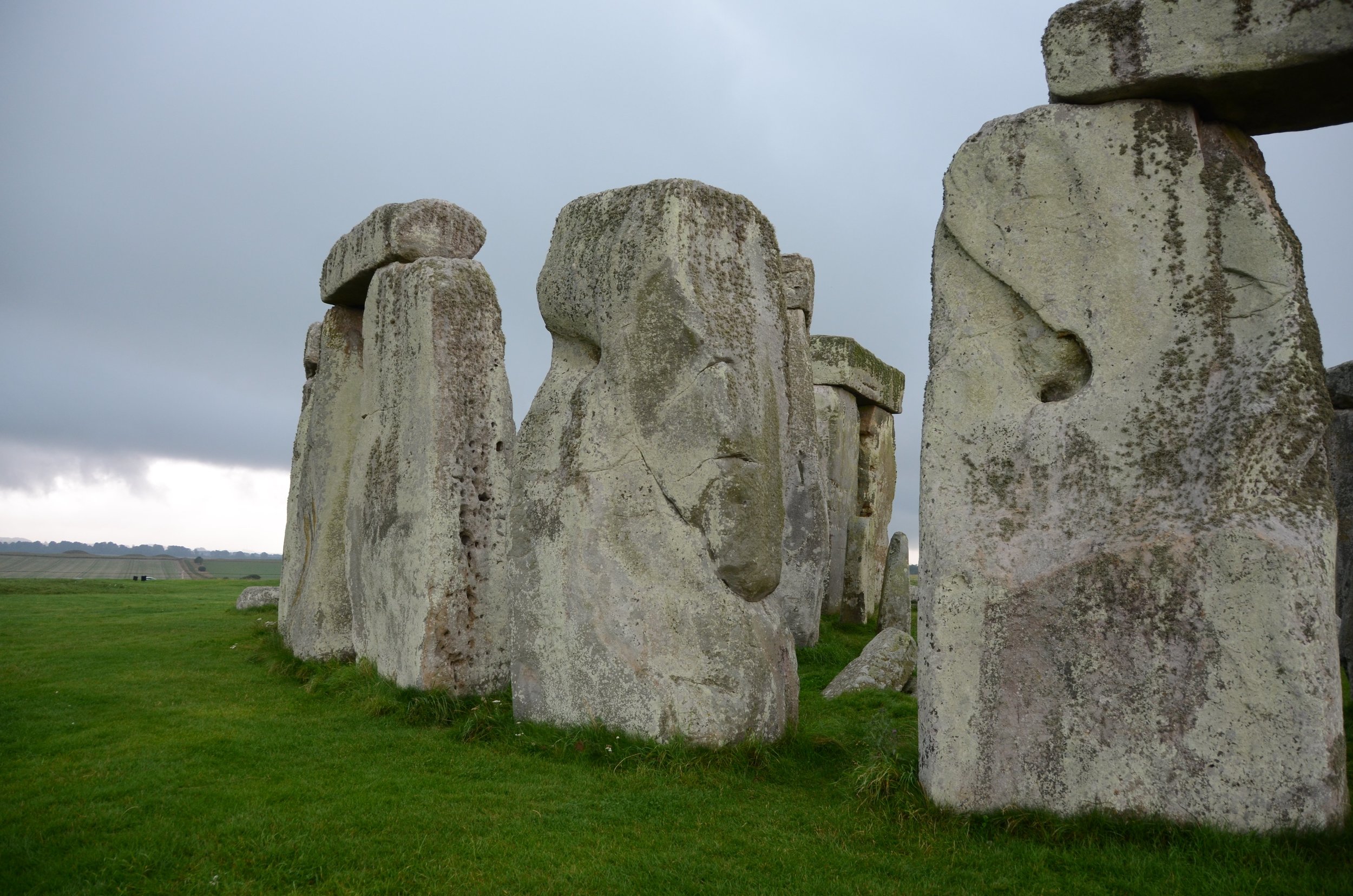Victoria & Albert Shoes exhibit, Westminster Abbey, Big Ben
/The Victoria & Albert Shoes Exhibit: Pleasure and Pain
Monday, after a morning spent at Westminster Abbey and Borough Market, we took the boys to the Science Museum for some exploration. Near the front of the computer age exhibit floated half of Charles Babbage's brain. Oliver was transfixed. Babbage, as you may know, invented the first 'computer.'
Anyway, after a while at the Science Museum, Tom said he and the boys would stay on and then head to the Natural History Museum so, if I wanted, I could leave them and go to the Victoria & Albert, just across the street, for some alone time in the Shoes special exhibit. Um, yes. I hauled ass over there.
I love shoes. You probably already know that. Fashion and shoes make my heart sing. I could literally shop for days and feel zero need to eat or drink. The artistry and dazzle in a beautiful pair of heels never ceases to make me gasp.
This show was one repeated gasp. I loved every bit of it and immediately purchased the exhibit book to take home. You entered a darkened room bedecked with lush purple velvet surrounding huge glass cases full of purple pedestals. It looked like a ritzy boudoir.
Atop each pedestal was perched a shoe or pair of shoes. The oldest was circa 500 and was a leather and gold leaf pair from Egypt. Outrageous slides with foot-long and curled toes; ancient leather moccasins; ludicrously tiny silk slippers for women with bound feet...
There were towering geta, sandals worn by geisha or wealthy Japanese women or girls coming of age. These, called Raven, were the most stunning.
'Raven' geta
Stilettos ranging from the most basic to the most serious "fuck me" left me mouth agape in front of the cases. Some were so beautiful I can't imagine ever wearing them, lest stain or scuff mar their perfection. A pair of Louboutins -tragically, these are not featured in the exhibit book or online that I can find- were magical. Red feathers and silk and bows. The closest approximation is this:
There were go go boots and towering wedges, shoes that no one could strut and the purple Vivienne Westwood's in which Naomi Campbell famously fell from the catwalk.
Shoes: Pleasure and Pain runs through January, 2016, so if you are in London and enjoy fashion and/or shoes, GO! There is some great non-shoe fashion outside of the exhibit too.
Westminster Abbey and Big Ben
We also dragged the kids to Westminster Abbey, by way of an exterior tour of Parliament and Big Ben. "Look kids, Big Ben!"
big ben
parliament
I have to say that Big Ben really is beautiful. Twice we made it by on the hour, and it's wonderful to stop for a moment and listen to the deep bells chiming the time.
Then on to Westminster and all the stained glass, graves and history therein. Newton! Kings! Kipling! Dickens! Queens! It's almost too much to see at some points- it's wildly ornate and old and packed to the gills, and behind every corner is yet another nook, chapel or vestibule.
Spent the morning at the Science Museum and leave for the airport in an hour; boy are we spent. Great trip but it'll also be nice to be home!









